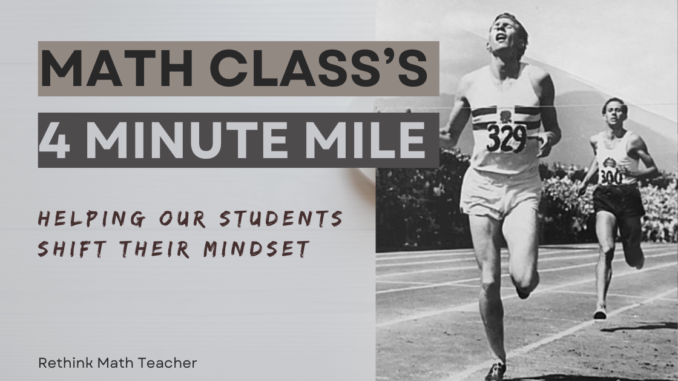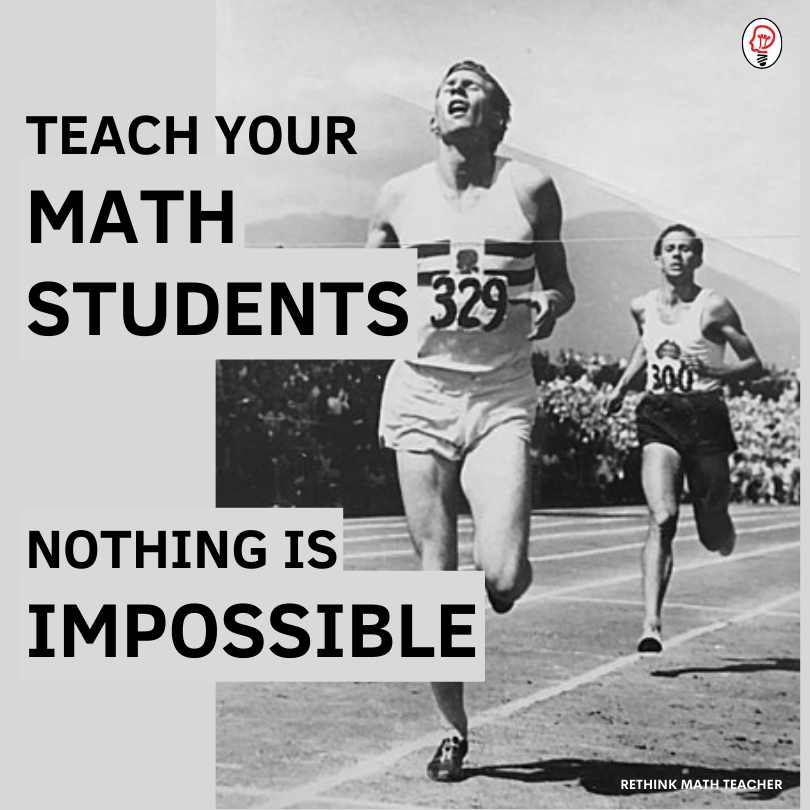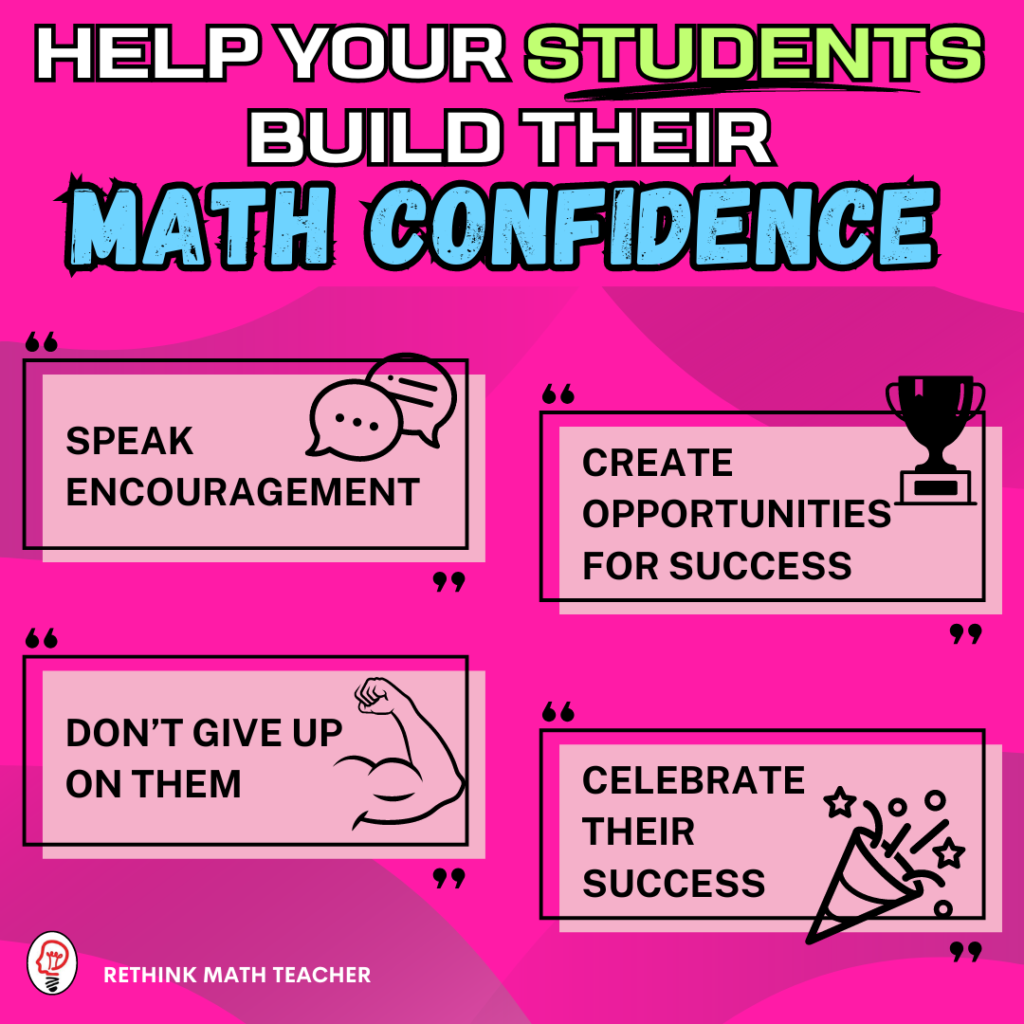
The impossible happened on May 6, 1954 when 6 men lined up at Iffley Road Track in Oxford to the delight of 3,000 fans who were about to witness history in the making!
On this day, Roger Bannister did what was scientifically known to be impossible.
He ran one mile in under 4 minutes.
It was widely believed that the human body wasn’t capable of such a feat. So for decades (maybe centuries) of competitive running, no one was ever able to pass this mark. But this Olympic athlete knew that he was capable of beating the mark. And then he did.
He did what people had been trying to do for so long, but had always fallen short. He did what everyone knew couldn’t be done. He achieved the impossible!

But that’s not the part of the story I want to tell you about.
Because just 46 days later, on June 21st, an Australian runner named John Landy also broke the 4 minute mile.
A few months later Laszlo Tabori also ran a sub four minute mile.
Over the next several months, many more would join the club. To date, over 1,700 human beings have run a mile in under four minutes.

How did the Impossible become Common?
Does it strike you as odd that after years of being unattainable, all of a sudden multiple people began breaking the four minute mile? In Baton Rouge, Louisiana, 8 runners all broke the four minute mile in the same race! What was not possible for decades, was now routinely being accomplished!
It’s as if as soon as Roger Bannister did the impossible, runners around the world realized that it could be done… so they did it!
I’d like to propose the theory that one of the biggest things holding so many back from this accomplishment was the belief that it couldn’t be done. And as soon as that limiting belief was torn down by Bannister, others had a mindset shift. Now, they knew that it could be done. So they went out and did it.

How does this Relate to Math Class?
Many of your students are not successful in math class because they believe they can’t do it. And until this mindset shifts, they won’t be able to. So help them defeat this mindset, and you will help them find success in math class.
Here are some things I do to help with this limiting belief.
1) Speak encouragement to them every day.
Some of your lowest performing students probably don’t get a lot of verbal praise and affirmation. I think they will respond positively to it. Hopefully, they will start to believe it.
2) Build in opportunities for them to find success.
Many of your struggling students have never been successful. So give them a taste of it. I promise they will like it, and want more of it. I start with easier problems and then increase the rigor.
3) Don’t give up.
Stay with it. Don’t let them off the hook. Have them keep working, and struggling until they master it. Because once they do, they’ll see that it’s possible, which is exactly what they need to have a mind shift.
They’re going to want you to quit and move on. Because the struggle is painful, and they’d rather not. But don’t give up. Keep pushing, encouraging, and holding them accountable.
4) Celebrate their success.
And when my students are successful, I am sure to make a big deal of it. Point it out to others. Praise them. Call home. Put their paper on the wall, give them a certificate, etc.

How I do this?
If you want to learn more about how I incorporate all of these strategies into my daily instructional design, click here to read about the learning stations I like to use.
